“Teachers and parents are the facilitators in the child-driven learning process. The teacher is a catalyst, nurturing, and at times provoking, curiosity.” – Arun Kapur
What future are we preparing young people for and how can schools prepare them to flourish?
The Royal Academy, a residential school in Bhutan, has developed a holistic program to develop every learner in 5 key areas – Cerebral, Emotional, Physical, Social, and Spiritual.
The creator of the program, Arun Kapur, says his inspiration for the program came from his belief that education needed to move youth from being “storehouses of knowledge to creators of new knowledge.” In an interconnected world, where “collaboration and peaceful co-existence are crucial to the continued existence of the human race,” the 5 areas of development need to work together to help students become “responsible citizens.”
The Global Search for Education is pleased to welcome Arun Kapur, creator of The Five Areas of Development.
“The children are encouraged and motivated to become creators of digital content and not just passive consumers.” – Arun Kapur
Arun, can you give us some background to your program – how do you incorporate these 5 areas of development into the curriculum?
The Five Areas were first articulated in my book, Leading Out, in 2011. It was then used by Pallavan primary schools from 2012. The learnings from the Pallavan schools led to the creation of learning frameworks in Vasant Valley School and the Royal Academy in Bhutan which rest on the Five Areas of Development: Social, Emotional, Cerebral, Physical, and Spiritual. Every aspect of the school program is designed to give children and teachers an opportunity to achieve their goals in all the areas of development. The five areas are an integral part of the curriculum. Over time, the children and teachers have become aware of the interdependence of these areas and their importance in everything we do.
Each child from class 3 onwards has a tutor or mentor who is her champion in school. With the help of their tutors, and input from home, every child creates her own road map, in other words, her plan for the year. This road map is dynamic and covers all areas of development. The children are, therefore, the architects of their own learning programs. The essential human values run through the Learning Framework like watermarks. This approach to the teaching-learning process is helping students to recognize and identify their own strengths and weaknesses and to develop skills that can be applied over diverse areas.
What role do teachers and parents play?
Teachers and parents are the facilitators in the child-driven learning process. The teacher is a catalyst, nurturing, and at times provoking, curiosity. The curriculum and the broad content is more flexible than it has traditionally been and teachers are required to be open to learning. Parents play a very significant role in the learning process. With the physical, social, emotional, and spiritual areas of development being focused on in school, as much as in the cerebral aspect, the partnership between the parents and school has become even stronger and more interdependent. The children, their parents, and their teachers are co-authors of the child’s Road Map and there is a continuous exchange of feedback between school and home. The values and traditions the children bring into school from home have helped enormously to strengthen the curriculum, especially the social, emotional, and spiritual aspects.
“The learning process and the assessment process go hand in hand and work simultaneously.” – Arun Kapur
How does modern technology support your program?
The learning process is technology driven. The use of technology adds to the learning experience and facilitates feedback between parents and school. The children’s assessment records include artwork, photographic evidence, videos, and short films, which gives deeper insight into a child’s development. All this has been made easy due to the availability of technology. Apart from this, there is, of course, extensive use of various tools and apps that add to learning. The children are encouraged and motivated to become creators of digital content and not just passive consumers. There is also great emphasis on how children use and interact with technology, the etiquette involved, and the norms to be respected are a part of the learning framework.
How do you assess students in your program?
Assessment is continuous and focuses on skills and processes. Learning outcomes include not just cerebral learning but the watermarks as well. The learning process and the assessment process go hand in hand and work simultaneously. This enables the teachers to provide almost immediate feedback for the children to improve learning, identify the learning gaps, and modify the teaching-learning process as required.
The children’s responses are not assessed as right or wrong, but their progress in making connections and drawing conclusions, as well as their critical thinking skills and ability to put across their point of view, is evaluated. The goal is to make them self-regulated learners, able to reflect on their mistakes and incorporate the teacher’s feedback to self-correct. Learning to learn becomes the overarching skill. A variety of formal and informal tools are continuously used to get a fair and accurate picture of a child’s abilities. The Road Map is an important indicator of success; it is referred to through the learning cycles and is an important assessment tool.
If an organization wants to implement these ideas into their curriculum, how do they get started? What is the process?
The Learning Framework that gives equal importance to all the 5 Areas of Development is now an integral part of all the schools I work with. It is essential to get all your stakeholders to buy in. The organogram of an institution needs to be an inverted pyramid and the people actually executing the programme should have the liberty to constantly review, assess and modify it. As I like to tell all my teachers, the only uniform an excellent teacher ought to wear is an open mind. Workshops, discussions, in-house training sessions and sharing of best practices is the best way to move forward.
“The students are co-creators of the content they want to learn.” – Arun Kapur
How much student choice and student voice is built into your program?
The learning process is structured around and defined by the Road Maps the children create for themselves. Individual Road Maps combine to create a Road Map for a year group, a Road Map for a domain area and a Road Map for an area of development. The curriculum is student defined and planned, and the teachers play the role of moderator in supporting the children in achieving their goals. The teacher’s role is to help the children to learn. The content that is the medium to hone skill sets is derived from real life experiences with the active participation of children and using the environment as a learning resource.
The students are co-creators of the content they want to learn. We use content to impart the skills and processes we would like our learners’ to possess to traverse the changing landscape. It may sound difficult during the initial phase. If you are strong enough to get past this though, there are rich dividends to be had, for both students and teachers.
How do you see your achievements to date with the program? What are the biggest challenges you’ve faced?
The fact that children as young as 8 have understood the need to introspect and are able to identify their goals in the 5 areas of development as well as work towards becoming the best that they can be is an achievement in itself. The commitment of the teachers and the success they have achieved in journeying with the children on a goal-oriented path and in developing and implementing a process-based curriculum speaks for the strength of the program. The positive response of the parents who have certified this shift in methodology to be the ideal way forward for the growth of their children gives me great satisfaction.
To bring about a change in the mindset of the teachers and to shift them from a zone of comfort to a different curriculum that called for a complete overhaul of the teaching-learning dynamics was a challenge. There is always that initial resistance to change but once the teachers themselves experienced the merits of the new program, they became the most ardent supporters of it. The parents also had to be brought on board and convinced of the benefits of the new curriculum but the positive effect of it on their children convinced them.
How do you keep your curriculum relevant in a rapidly changing world?
The goal is to facilitate learning and connect a child’s previous knowledge with new knowledge. The students are exposed to real-life situations that help them construct, be aware, appreciate, and get sensitized towards issues (natural, social, and cultural) prevailing around them. A primary goal of the curriculum is to develop processes and skills which are transferable and to help students become independent thinkers and problem solvers. The content is student-led and based on their past experiences and, therefore, remains contextualized.
C. M. Rubin and Arun Kapur
Thank you to our 800 plus global contributors, teachers, entrepreneurs, researchers, business leaders, students and thought leaders from every domain for sharing your perspectives on the future of learning with The Global Search for Education each month.
C. M. Rubin (Cathy) is the Founder of CMRubinWorld, an online publishing company focused on the future of global learning and the co-founder of Planet Classroom. She is the author of three best-selling books and two widely read online series. Rubin received 3 Upton Sinclair Awards for “The Global Search for Education”. The series which advocates for all learners was launched in 2010 and brings together distinguished thought leaders from around the world to explore the key education issues faced by nations.
Follow C. M. Rubin on Twitter: www.twitter.com/@cmrubinworld
The Global Search for Education Community Page

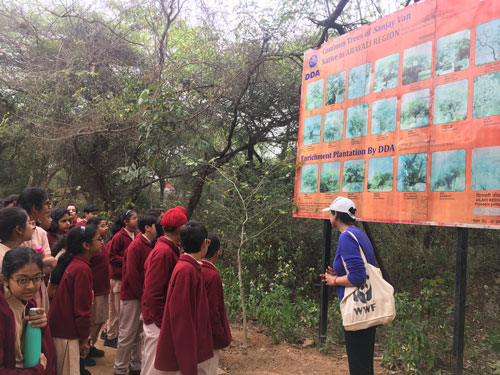
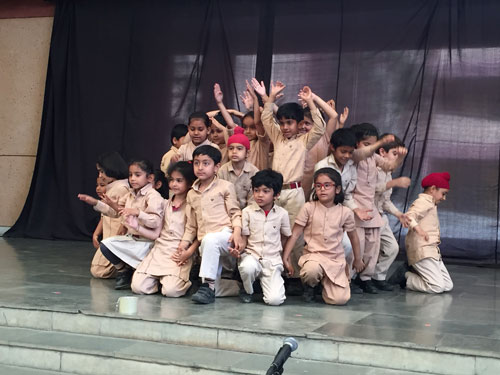
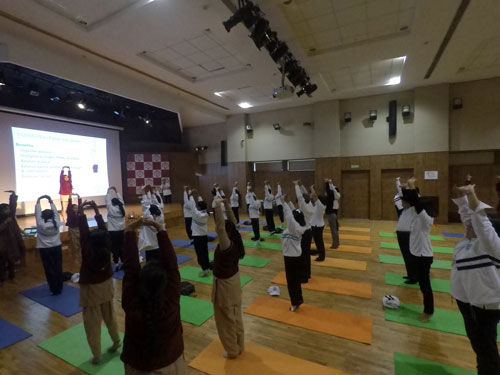

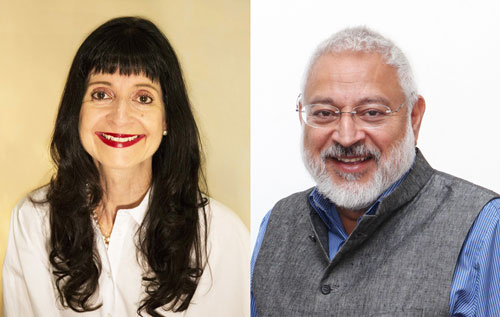
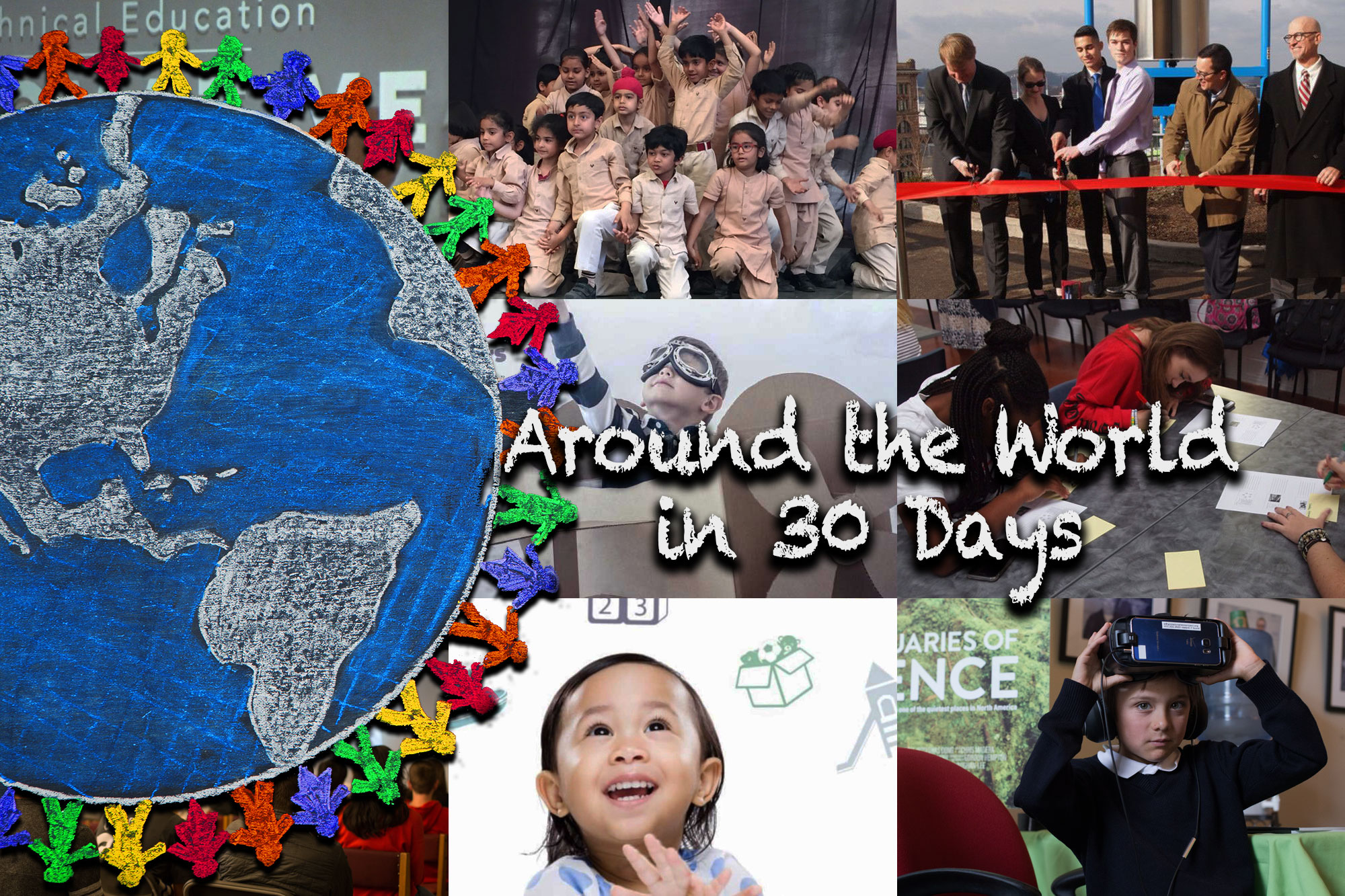
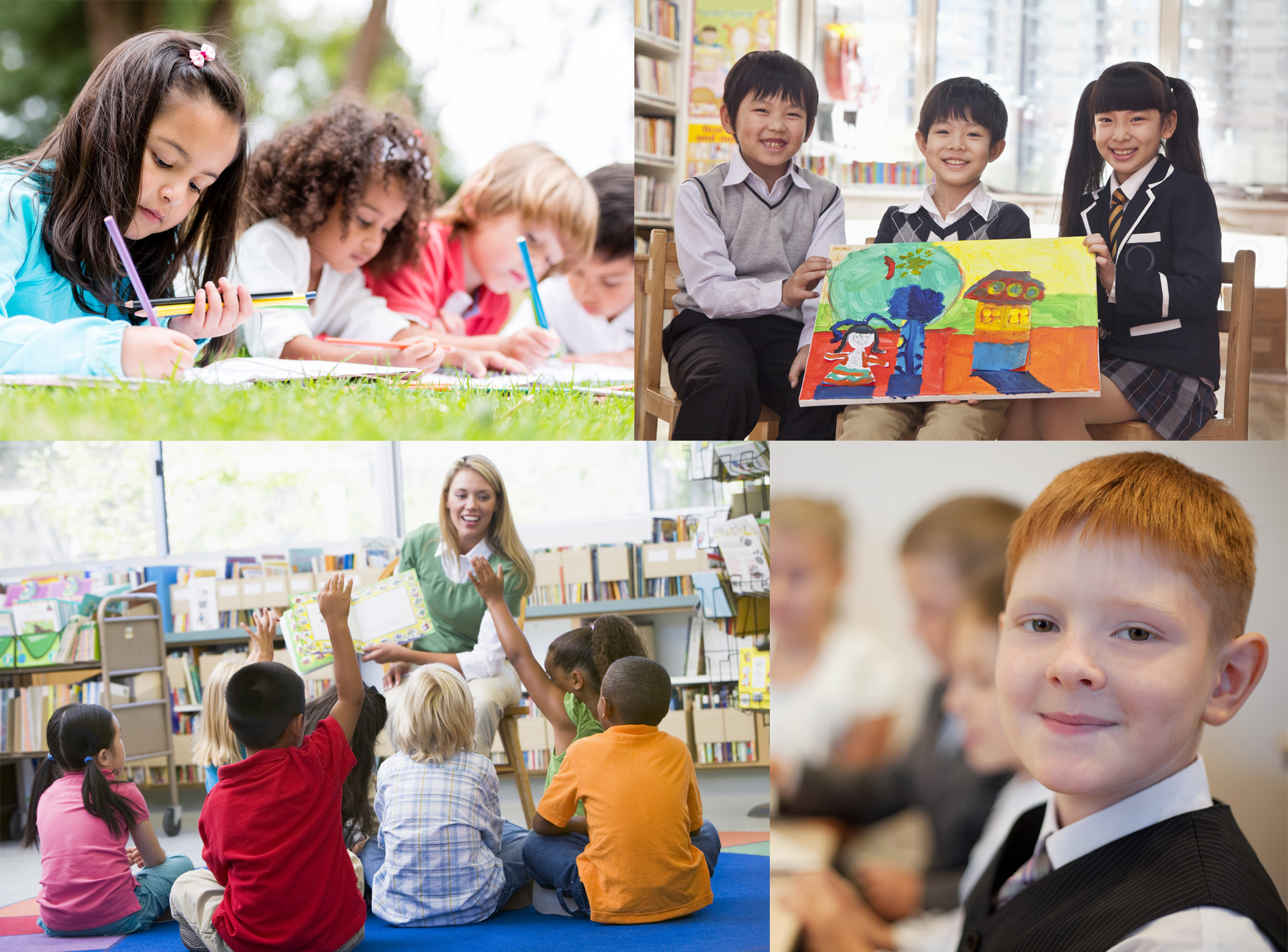
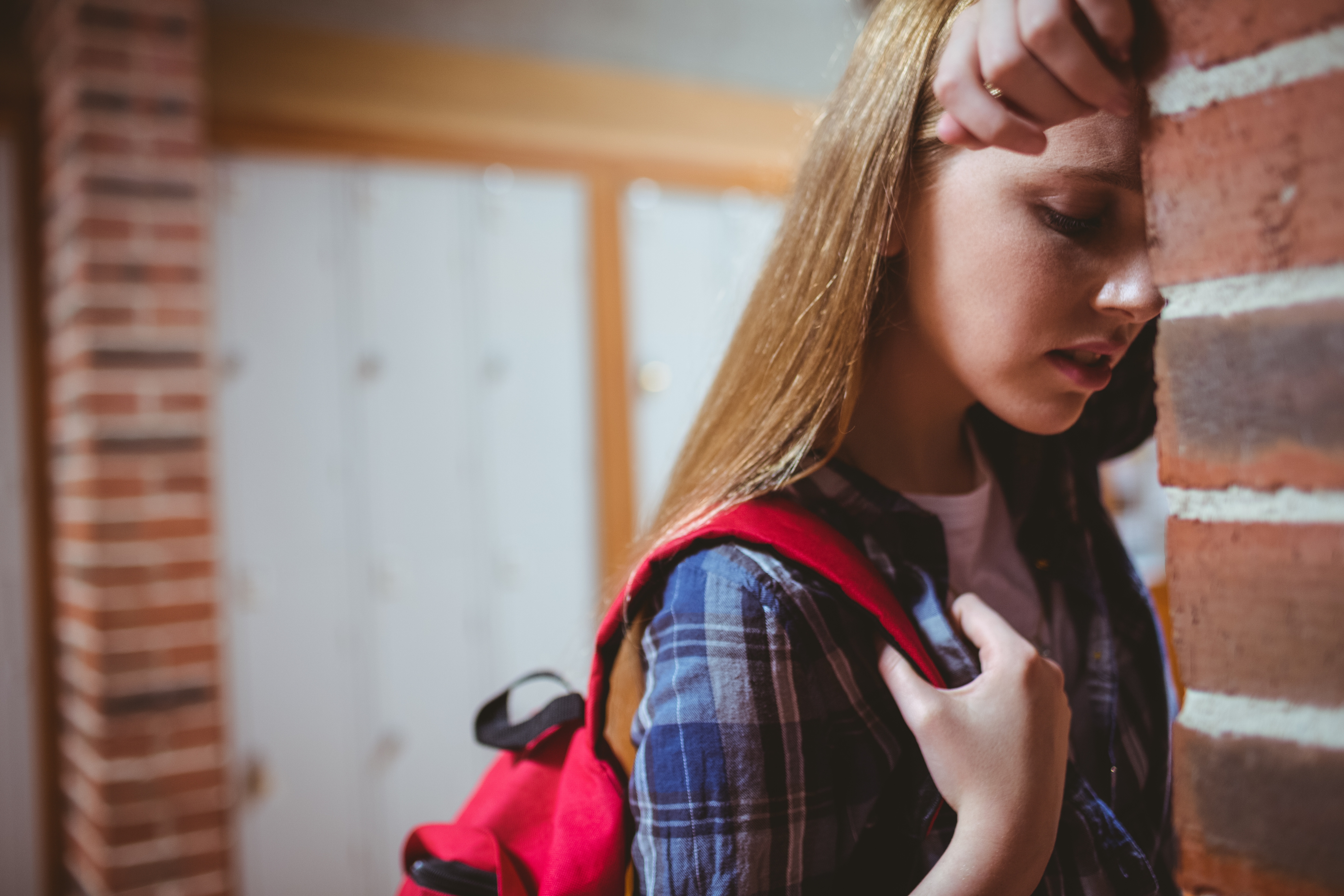
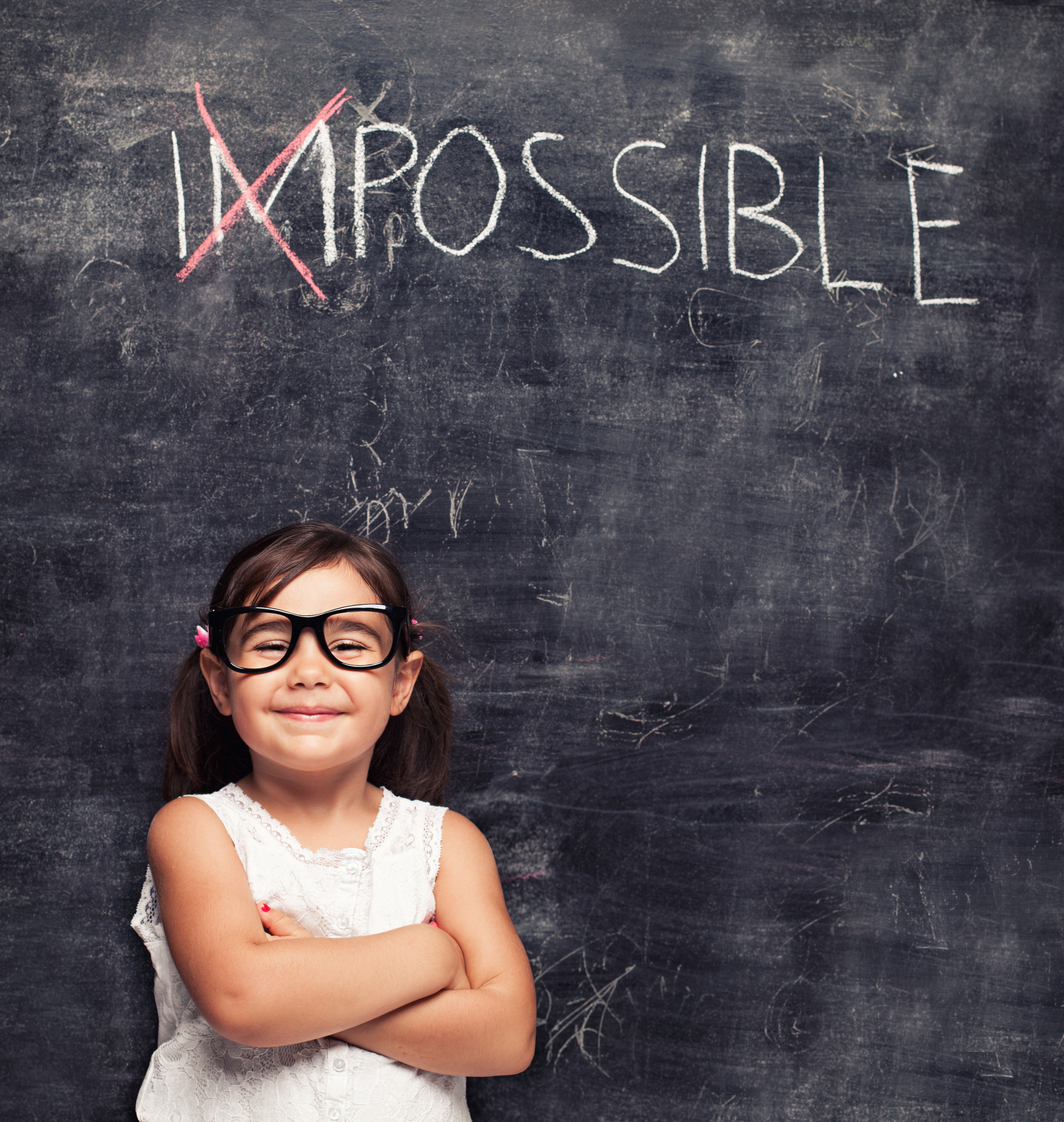
Recent Comments